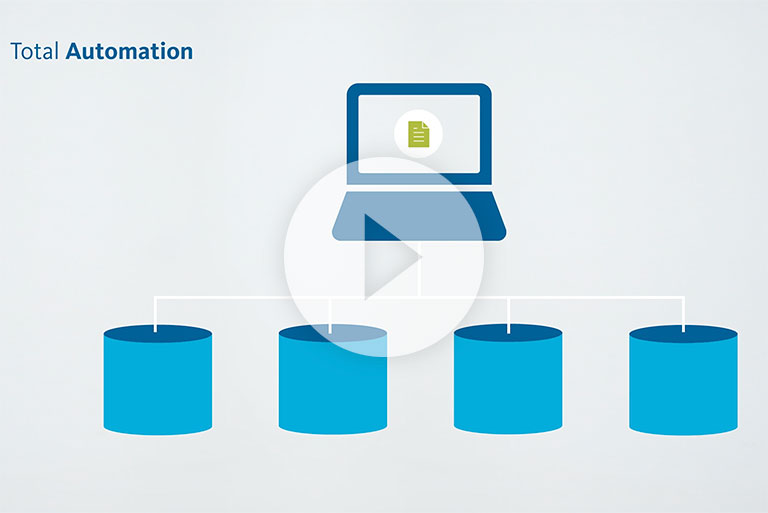And it’s getting more painful. New virtual-only fintechs keep popping up, compliance is ramping up, and millennials are demanding sleeker, swifter, more immediately responsive service. Client Focused Reforms (CFR) only add to the pressure: CFR requirements for client-centred compliance are in essence a requirement for client-centred service.
Deep roots
Canada’s banks are more than aware of the problem. The challenge is, the roots go fathoms deep. Deep into labyrinthine systems shaped by the regulations surrounding financial transactions – not to mention 24/7 reliability. These systems are inflexible and expensive, they make unnecessary use of operational resources, and they expose the bank to technology risk, through duplication and lack of automation.
For banks and wealth firms, if this were a baseball game, touchpoint-free processing wasn’t even contemplated until at least the bottom of the 7th. It wasn’t even necessary; decades after digitalization began, no one was checking their bank account or portfolio every minute of the day, online.
Today the banks are working hard to move to straight-through processing – the level of automation seen in, say, an Interac transfer – for investment activities. At the same time, they need to adapt to, and comply with, CFR requirements, particularly KYC (Know Your Client) and KYP (Know Your Product).
Last but not least, they need to make this transformation during today’s fishbowl environment – when service interruptions are at least as dreaded as a root canal.
Concerning compliance
Applying IT budget dollars to old systems to adapt to new compliance requirements is a well-worn path. The pit in the path (and the pit keeps getting deeper) is that this does not bring banks any closer to today’s higher service expectations.
Nor does it cut operational costs, or help bring new products to market more quickly. As well, it maintains after-the-fact compliance: clunky, error-prone, and far too visible to today’s demanding customer.
Omni-channel complications
Customers have come to expect a fluid, consistent experience across channels: in-store, online or through an app. As other industries execute omni-channel ever more smoothly, the gap between banks and other industries widens. Some of these industries are now competitors: more and more enterprises are competing directly against banking services.
Most fund manufacturers are still building products for each channel, resulting in a dated, disparate, herky-jerky experience. As just one example, most bank customers need to visit the branch to invest in a mutual fund. Millennials, of course, not only expect the online capability, they want it to be on mobile.
Wealth firms need to connect the dots between the channels.
Increasing compliance requirements
With CFR approaching, not to mention further raises of the compliance bar, firms need to be wary of add-on fixes. Add-ons join the already unmanageable spiderweb of data matched to each client across the channels.
But if KYC and fund data are held separate from operational processes, they can be entered once and referred to as needed. Once KYC and fund attributes are no longer hard-wired, fund manufacturing comes to life.
The devil’s in the duplication
Client records kept on the transfer agency system must also be kept on the dealer system. Over and above this, operations departments are required to maintain transfer agency records, even though the main records are maintained by the dealer operations department.
The regulatory requirements to maintain a separate transfer agency asset management book of record won’t go away. But they do create a nearly-unmanageable tension between old systems and new requirements. Banks need to reduce the costs, complications, and risk of maintaining transfer agency records; for most, they are alarmingly high.
Time for liberation
“The key is in liberating a fund’s business attributes and putting them in a Product Book,” says Dave Poppleton. Poppleton is the founder of RPM, a wealth management technology firm acquired by Broadridge Financial Solutions in 2019. Broadridge is active in helping banks to divorce key data from operational processes, so that proven technology can be retained while customer and fund data are pulled on the fly.
To meet today’s standards of service, and to develop new competitive products in a timely fashion, Banks need an automated, real-time, configurable distribution system.
Such a system, once implemented, soon becomes invisible to the firm, partly because of the simplicity of use, partly because it does not require multiple channel-specific changes and updates to meet compliance and service requirements. Such a system can manufacture funds almost instantly. Updates are equally easy – multiple products can be updated through a single tech instance. Touchpoints, cost and risk all plummet.
“Once you have a Product Book, it’s one-and-done for entering fund attributes,” says Poppleton. “The banks lower cost at the same time as they improve service. Plus, it’s faster to market and nimbler. It’s easy to start a new competitive fund – you just enter the attributes once. It takes minutes. And the same principle can be applied to KYC data.” Finally, straight-through-processing (STP) becomes mainstream.
Start with budget allocation. Arrive at automated portfolio management.
Banks need to begin allocating part of IT budget towards separating fund and client data from processes, rather than the dead-end approach of mangling old processes in order to adapt to increasing compliance. By separating client and fund data from operational processing, banks raise margins by decreasing touchpoints.
This approach does much more than cut costs. It uplifts the client experience across the board, from beginning investor to high net worth client. Separation of fund and client data enables automation; automation opens the door to customized portfolio management at every investor level.
Services that were once restricted to the wealthy become readily available to all.



